- News
- Reviews
- Bikes
- Accessories
- Accessories - misc
- Computer mounts
- Bags
- Bar ends
- Bike bags & cases
- Bottle cages
- Bottles
- Cameras
- Car racks
- Child seats
- Computers
- Glasses
- GPS units
- Helmets
- Lights - front
- Lights - rear
- Lights - sets
- Locks
- Mirrors
- Mudguards
- Racks
- Pumps & CO2 inflators
- Puncture kits
- Reflectives
- Smart watches
- Stands and racks
- Trailers
- Clothing
- Components
- Bar tape & grips
- Bottom brackets
- Brake & gear cables
- Brake & STI levers
- Brake pads & spares
- Brakes
- Cassettes & freewheels
- Chains
- Chainsets & chainrings
- Derailleurs - front
- Derailleurs - rear
- Forks
- Gear levers & shifters
- Groupsets
- Handlebars & extensions
- Headsets
- Hubs
- Inner tubes
- Pedals
- Quick releases & skewers
- Saddles
- Seatposts
- Stems
- Wheels
- Tyres
- Health, fitness and nutrition
- Tools and workshop
- Miscellaneous
- Cross country mountain bikes
- Tubeless valves
- Buyers Guides
- Features
- Forum
- Recommends
- Podcast
review
£24.99
VERDICT:
Decent light with sensible settings that cater for most riding conditions
Weight:
45g
Contact:
At road.cc every product is thoroughly tested for as long as it takes to get a proper insight into how well it works. Our reviewers are experienced cyclists that we trust to be objective. While we strive to ensure that opinions expressed are backed up by facts, reviews are by their nature an informed opinion, not a definitive verdict. We don't intentionally try to break anything (except locks) but we do try to look for weak points in any design. The overall score is not just an average of the other scores: it reflects both a product's function and value – with value determined by how a product compares with items of similar spec, quality, and price.
What the road.cc scores meanGood scores are more common than bad, because fortunately good products are more common than bad.
- Exceptional
- Excellent
- Very Good
- Good
- Quite good
- Average
- Not so good
- Poor
- Bad
- Appalling
The Lezyne KTV Drive Pro rear LED is a surprisingly capable and versatile unit, with five settings that cater for most contexts. Output is generally better than the numbers alone suggest, but I'd say there are better choices for regular, extended riding along pitch black lanes.
In terms of build quality, while some might see the composite matrix construction a step down from last year's CNC machined sibling, I'll take five modes and a total output of 75 lumens, not to mention greatly improved lens area, every time. The heavy duty composite housing is both water and shock resistant, surviving a one-metre drop onto a hard surface.
> Find your nearest dealer here
Behind the 180-degree polycarbonate lens sits a more traditional arrangement of diodes, battery and switch gear. The lithium battery charges via a plug-in 'lolly-stick' arrangement, protected from the elements by a snug fitting port cover. Aesthetically very neat, this also removes the forgotten charging cable drama as you can plug it straight into laptop/PC ports. Give it the full three hours before first use and the charge indictor will flick from flashing red to green as a visual cue.
Switch
The switch is a small but user-friendly top-mounted pimple requiring a two-second press before coming to life. Unwanted engagements are unlikely, and it's intuitive enough to locate at night, wearing middle-weight full-finger gloves.
A memory function defaults to your last choice, but otherwise single, successive prods will select alternatives.
Bracket
The contoured back is designed to accommodate standard and aero seatposts and secures with a sturdy rubberised ladder strap. Spares are readily available and others have been persuaded to fit with minimal effort, which is good news if you're prone to losing them.
Tenure is really secure on all diameters of post. Bind it tightly enough and seatstay mounting is also realistic, although the grooved back can cultivate a very grimy beard, especially if you're running a bike without full-length mudguards.
Performance
The five modes you get here comprise two steady and three flashing. Blast is a moderate, steady 20 lumens, while economy falls to 3. Prodding again engages Daytime Flash (75 lumens), then Flash 1 (25 lumens), and finally we have Flash 2, which is 10.
Starting with the daylight mode, it lacks the outright, retina roasting prowess of some, yet still packs a decent punch. It doesn't match something like Moon's Nebula or Gemini, but approaching riders reckoned they could pick it out from 125 metres on bright to overcast days.
Foggy sections were trickier to put a number on, but I still felt reasonably conspicuous.
Drivers seemed to take notice from 80m and the decent peripheral bleed largely eliminates stealth moments when tackling roundabouts or right turns.
Seven hours is the cited run-time – ours returned 6:54, which is close.
> Buyer's Guide: 14 of the best rear lights
Flash 1 has been my default. At 25 lumens it isn't too intense for slow moving traffic in town centres, but is still strong enough for semi-rural/rural work. The general consensus suggests visibility from 180-200m along unlit lanes and relatively clear nights, closer to 100-120m in suburban/urban contexts given the competing illuminations.
Lezyne cites 6:15 for this setting, and I've come within 3 minutes of that. While the 3-hour charge time isn't rapid, it's still practical for recharging at work or when dropping by a friend's for the evening.
When the battery life indicator has been signalling green and red, I've tended to flick down to Flash 2, whose 10 lumens might not sound like much, but in common with Cateye's Rapid it's still good enough for town, or when you need to conserve juice on a longer ride. From full, run-time has been 13:25 on successive occasions, just 5 minutes less than claimed.
Usually I'm citing really big numbers as being of limited use, but here I've found little call for the 3-lumen economy setting, other than limping home in an emergency. Then again, it's on par with if not superior to some bargain basement dynamos. Its 12:54 run-time, hero to zero, could be a winner for some, especially when trying to squeeze out dwindling reserves.
Conclusion
The KTV Drive Pro is a pretty good light for the money. The daylight mode will entice riders looking to remain more conspicuous during the day, and output in the night flashing modes is certainly good enough for general riding. For deserted back roads, 30 lumens plus is my benchmark, so I'd look for something with more bite if this is your staple riding territory.
Verdict
Decent light with sensible settings that cater for most riding conditions
road.cc test report
Make and model: Lezyne KTV Pro Drive Rear 75
Size tested: 75-lumen
Tell us what the light is for, and who it's aimed at. What do the manufacturers say about it? How does that compare to your own feelings about it?
Lezyne says: "Compact, high visibility safety light with two ultra bright LEDs. Super light, durable waterproof construction. Features five output modes, including the high-visibility 75-lumen Daytime Flash mode. Extended lens for 180 degrees of visibility. Unique aero and round post compatible design. Integrated USB stick for convenient cable-free recharging. Available in pairs."
I'd say it's a nicely executed, user-friendly rear light that covers most contexts pretty well.
Tell us some more about the technical aspects of the light?
Lezyne lists:
SPECS
MAX LUMENS:
75
WEIGHT:
41g (without strap)
RECHARGE TIME:
3:00
Rate the light for quality of construction:
7/10
Pretty sturdy composites and has fared well, when accidentally dropped.
Rate the light for design and ease of use. How simple was the light to use?
7/10
Simple to operate, even in gloved hands. Memory function removes faff if you have a favourite/default mode.
Rate the light for the design and usability of the clamping system/s
7/10
Simple ladder strap and sculpted body works handsomely on standard/aero seatposts alike.
Rate the light for waterproofing. How did it stand up to the elements?
6/10
What I'd expect from this price point and design brief.
Rate the light for battery life. How long did it last? How long did it take to recharge?
7/10
Sensible run times relative to 3-hour charge time.
Rate the light for performance:
7/10
Competent in most situations, save for long stretches of pitch black, open road.
Rate the light for durability:
7/10
Rate the light for weight:
7/10
Rate the light for value:
7/10
Tell us how the light performed overall when used for its designed purpose
Overall it's a decent all-rounder for the money. Modes cater for most riding contexts, although I have some reservations about the 3-lumen setting. The others command attention without being overly aggressive, and the peripheral bleed seems better than the side windows might suggest.
Tell us what you particularly liked about the light
User-friendly, sensible settings.
Tell us what you particularly disliked about the light
I'm not entirely sold on the 3-lumen setting.
Did you enjoy using the light? Yes
Would you consider buying the light? Yes, for town through to semi-rural riding.
Would you recommend the light to a friend? Generally speaking and in the above context, worth a look.
Use this box to explain your score
It's a nicely engineered and well-thought-out unit for general riding.
About the tester
Age: 43
I usually ride: Rough Stuff Tourer Based around 4130 Univega mtb Frameset My best bike is: 1955 Holdsworth Road Path and several others including cross & traditional road
I've been riding for: Over 20 years I ride: Most days I would class myself as: Experienced
I regularly do the following types of riding: cyclo-cross, commuting, touring, fixed/singlespeed, mountain biking
Shaun Audane is a freelance writer/product tester with over twenty-eight years riding experience, the last twelve (120,000 miles) spent putting bikes and kit through their paces for a variety of publications. Previous generations of his family worked at manufacturing's sharp end, thus Shaun can weld, has a sound understanding of frame building practice and a preference for steel or titanium framesets.
Citing Richard Ballantine and an Au pair as his earliest cycling influences, he is presently writing a cycling book with particular focus upon women, families and disabled audiences (Having been a registered care manager and coached children at Herne Hill Velodrome in earlier careers)
Latest Comments
- Rendel Harris 1 sec ago
If that became a precedent there would certainly be no more debate about the cost of refurbishing the Houses of Parliament, we could move the whole...
- chrisonabike 21 min 24 sec ago
It's so unfair, the double standards - bollards aren't even allowed to have "accidents"?
- StevenCrook 21 min 40 sec ago
Years back I used to joke that if you wanted to kill someone and get off lightly, a car should be your weapon of choice. Seems like nothing has...
- Rendel Harris 50 min 1 sec ago
Via terminata?
- Rendel Harris 3 hours 12 min ago
A set of pedals can come in proper handy too sometimes.
- NoOneSpecial 3 hours 40 min ago
Memory lane!...
- Capt Sisko 4 hours 13 min ago
"There is also to be a new weekly cycling show. 'The Ultimate Cycling Show' will be hosted by Orla Chennaoui and Adam Blythe and launches for 15...
- wtjs 7 hours 10 min ago
Mercedes A-Class WU66 LLJ below went without MOT for 8 1/2 months from 19.10.23 to 2.7.24. I just happen to be doing some following up and evidence...
- HarrogateSpa 8 hours 8 min ago
I think you've got your Yateses mixed up.


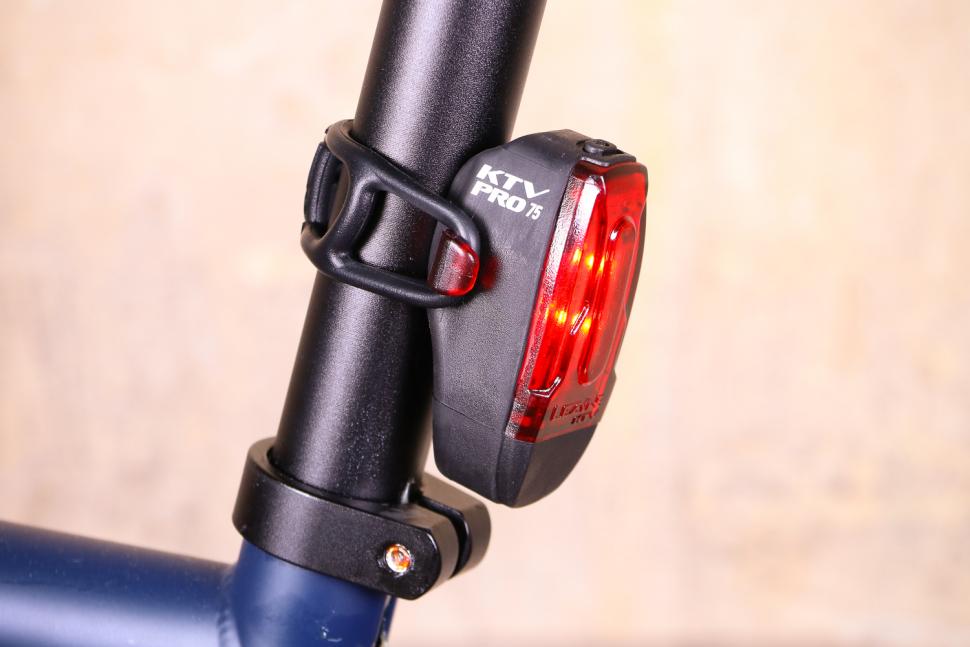
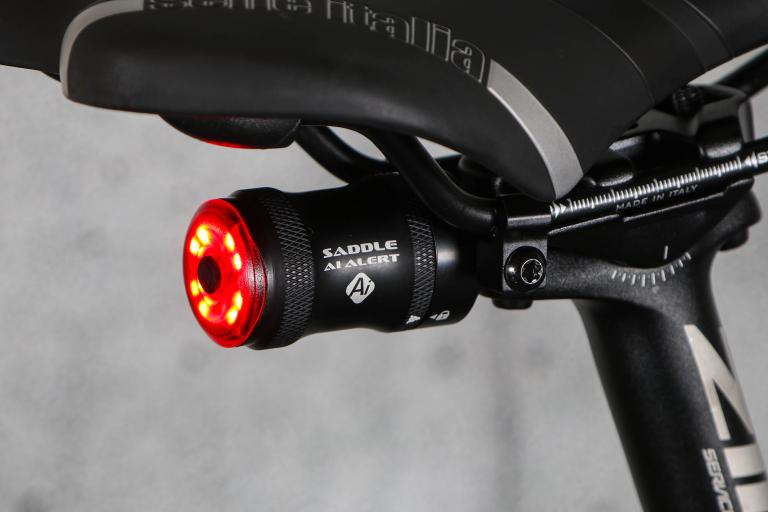
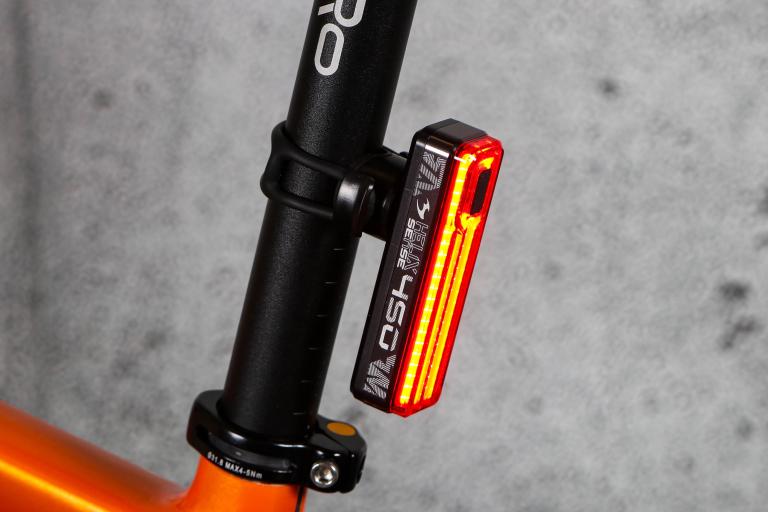
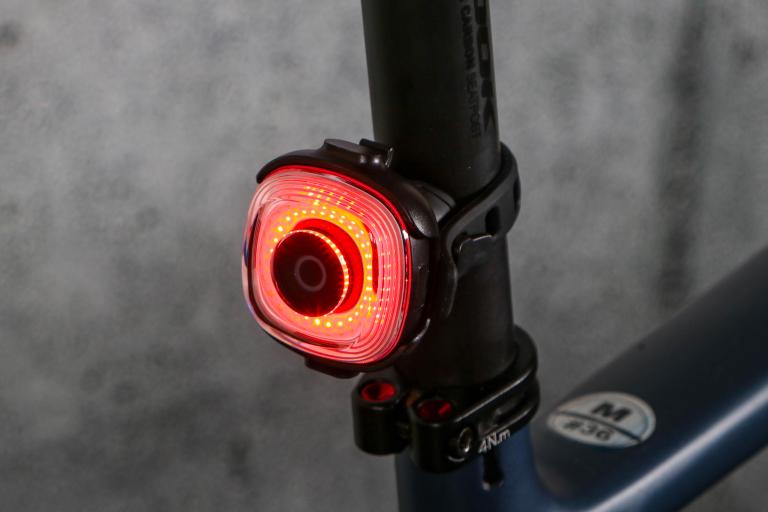
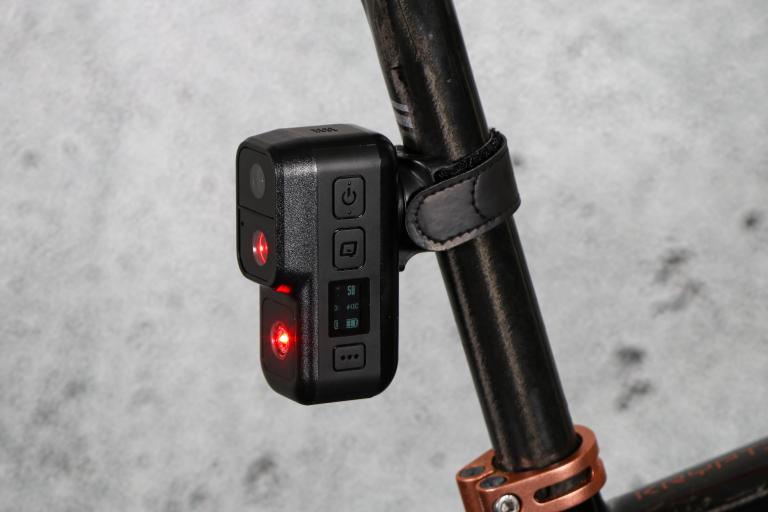
Add new comment
3 comments
I liked the strip drive for initial performance and this looks but in its 2nd winter the strip started to struggle to hold battery has the battery been addrssed in this unit ?
Does it have the detachable USB plug on the end? I've lost a few of these (on strip drives) as they're not secured when mounted!
Just about every normal seatpost in the world is at around 73 degrees angle.* Surely a major failing of this design is that it doesn't have an angle on the back? So this light ends up facing 17 degrees downwards... instead of vertical. How sensible is that?
*OK, I know there are exceptions.